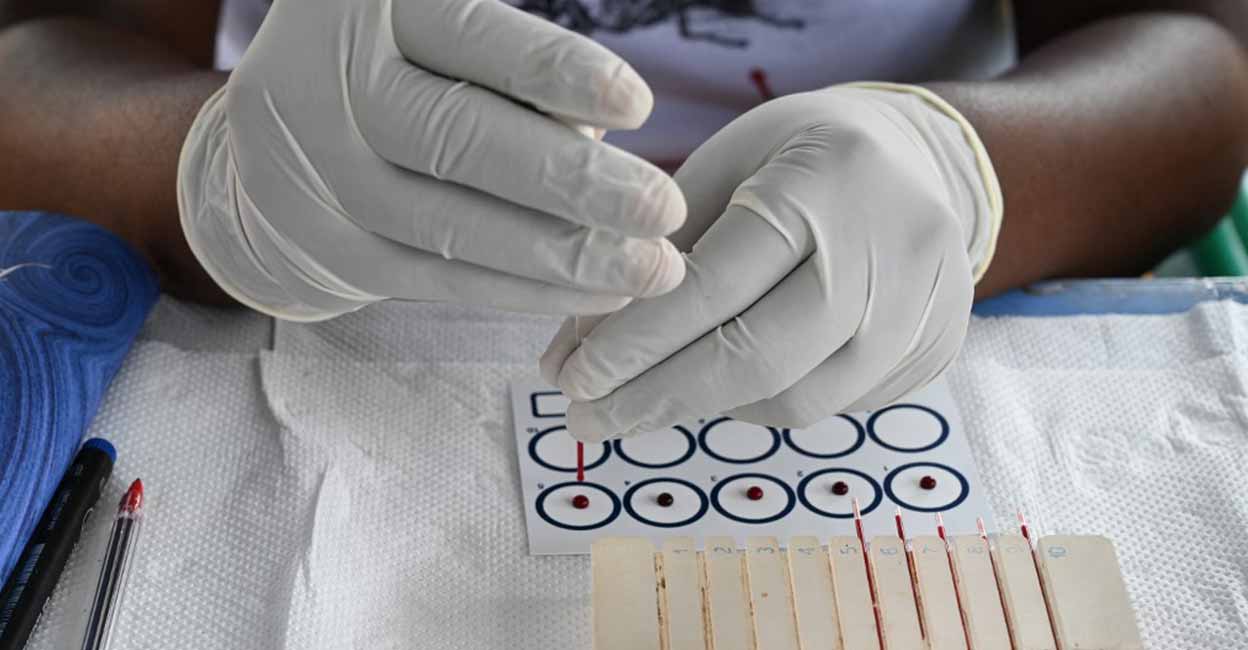• The World Health Organisation (WHO) congratulated Chad for having eliminated the gambiense form of human African trypanosomiasis, also known as sleeping sickness, as a public health problem.
• It marks the first neglected tropical disease to be eliminated in the country.
• Chad is the first country to be acknowledged for eliminating a neglected tropical disease in 2024, becoming the 51st country to have achieved such a target globally, and marking the first step beyond the midpoint to the global threshold of 100 countries set for 2030.
• The 100-country target is one of the four global overarching targets set by the ‘Road map for neglected tropical diseases 2021–2030’.
• As of June 2024, across the WHO African region, 20 countries have eliminated at least one neglected tropical disease, with Togo having eliminated 4 diseases and Benin and Ghana having eliminated 3 diseases each.
Human African trypanosomiasis (sleeping sickness)
• Human African trypanosomiasis (HAT), also known as sleeping sickness, is a vector-borne parasitic disease caused by the Trypanosoma parasite.
• These parasites are passed to humans through the bite of infected tsetse flies, which get the infection from humans or animals carrying the parasites.
• This life-threatening disease mostly affects poor rural populations, causing significant harm. Travellers to endemic regions may also be at risk of infection.
• Most exposed people live in rural areas and depend on agriculture, fishing, animal husbandry or hunting.
There are two forms of the disease:
i) One is caused by Trypanosoma brucei gambiense, found in 24 countries in West and Central Africa, accounting for more than 92 per cent of cases. The gambiense form is the only form of human African trypanosomiasis transmitted in Chad.
ii) There is another form of HAT caused by Trypanosoma brucei rhodesiense, found in 13 countries in East and Southern Africa accounting for the remaining cases.
• So far, seven countries have been validated by WHO for eliminating the gambiense form of human African trypanosomiasis: Togo (2020), Benin (2021), Côte d’Ivoire (2021), Uganda (2022), Equatorial Guinea (2022), Ghana (2023), and Chad (2024).
• The rhodesiense form of the disease has been eliminated as a public health problem in one country, Rwanda, as validated by WHO in 2022.
• The main approaches to controlling sleeping sickness include reducing the reservoirs of infection and reducing the presence of the tsetse fly.
• Screening of people at risk helps identify patients earlier in the disease development.
• Early diagnosis can help avoid complicated and risky treatments in the advanced stages, significantly improving the prognosis for a cure.
• Sleeping sickness can cause flu-like symptoms initially but eventually causing behaviour change, confusion, sleep cycle disturbances or even coma, often leading to death.
• Improved access to early diagnosis and treatment, as well as surveillance and response has proven that countries can control and eventually eliminate transmission.
• In 1995, about 25,000 cases were detected, 300,000 undetected cases were estimated and 60 million people were estimated to be at risk of HAT infection.
• In 2001, WHO launched an initiative to reinforce control and surveillance, and HAT decreased markedly in the ensuing years. Since 2019, fewer than 1,000 cases are reported yearly.
Symptoms:
• After infection, trypanosomes multiply in the blood and lymph (first-stage, haemolymphatic) and, following a variable incubation period (from days to months), unspecific symptoms and signs such as headache, fever, weakness, joint pain, and lymphadenopathy appear.
• Over time, the parasites cross the blood–brain barrier to invade the central nervous system (second-stage, meningoencephalitic), causing various neurological disturbances including sleep disorders (excessive daytime sleepiness, nocturnal insomnia), deep sensory disturbances, abnormal movements, tremor, ataxia, walking difficulties, speech difficulties, psychiatric disorders, seizures, coma and ultimately death.
• Sleep cycle disturbance, which gives the disease its name, is a prominent feature.
• Most signs and symptoms are common to both stages, and sleep disorders in particular can appear already during the first stage.
• Rhodesiense HAT is typically acute, progressing to second-stage within a few weeks, and to death within six months.
• Gambiense HAT progresses slowly over around three years (highly variable).
Treatment
• Without treatment, HAT is usually fatal although rare cases of self-cure have been reported.
• Available treatment can cure most patients, completely eliminating trypanosomes from the body.
• Treatment of cases suspected by serology depends on specific conditions set by national protocols, which usually set specific conditions defining a higher suspicion index.
• The current treatment options include six medicines, all of which are donated by the manufacturers. WHO ensures their worldwide distribution free of charge.
• Treatment choices are based on the causative trypanosome and the disease stage.

